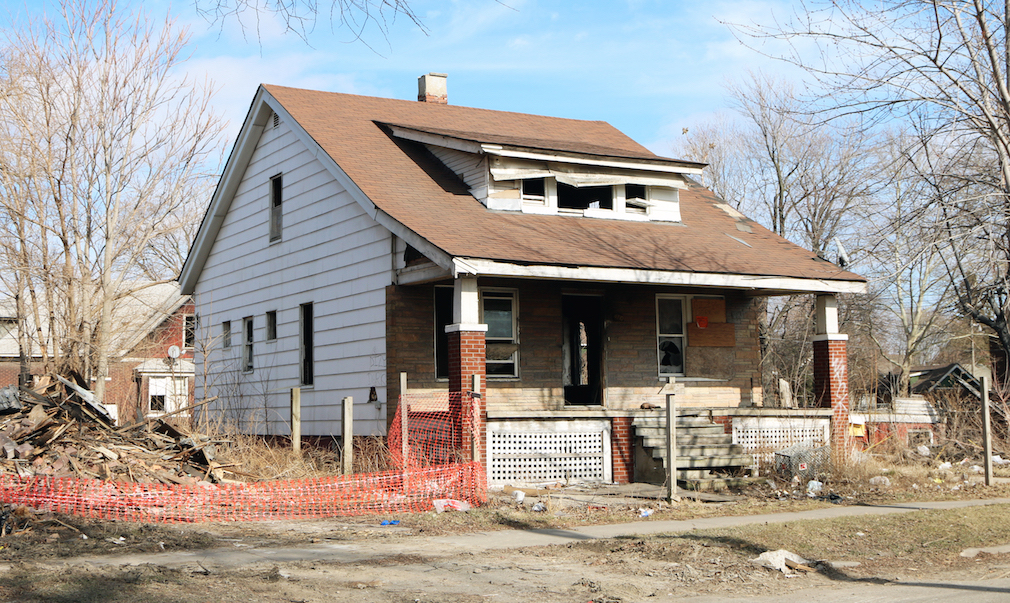At the height of the housing crisis, tens of thousands of homes were abandoned during the foreclosure process, with many borrowers simply walking away from homes because they had nothing to lose financially on their homes.
Relaxed lending standards led to borrowers being able to buy homes without putting down any money upfront and declining home values meant the borrowers had no equity built up in their home either. So with nothing to lose other than a foreclosure on the credit record (the impact of which shouldn’t be discounted), many borrowers left their homes behind.
And that gave rise to so-called “zombie homes,” a situation that led to blight in many neighborhoods across the nation.
But a new report from ATTOM Data Solutions shows that the number of zombie foreclosures has decreased dramatically in the last few years.
In fact, the report from ATTOM shows that there are basically half as many zombie foreclosures now as there were just three years ago.
According to ATTOM’s report, over 1.5 million single-family homes and condos across the country were vacant in the third quarter of 2019, which represents 1.6% of all homes.
Overall, approximately 304,000 homes nationwide were in the process of foreclosure, a decrease of nearly 22% since ATTOM’s last foreclosure vacancy report in the same period of 2016.
Of those properties that are in the foreclosure process, about 3.2% are zombie foreclosures.
In total, there were 9,612 properties facing possible foreclosure that have been vacated by their residents, a decline of nearly 10,000 properties from the second quarter of 2016.
The study found that New York and Florida had the highest amount of zombie properties, with 2,428 and 1,634, respectively. Illinois followed with 985.
“The blight of vacant, decaying properties facing foreclosure has declined dramatically across the United States – another good-news offshoot of the housing boom that’s gone on for eight years,” Todd Teta, chief product officer with ATTOM Data Solutions said in a statement.
The state with the highest amount of zombie foreclosures was Washington, D.C., at 12.5%. The states that remained above the national average of 3.2% were Oregon (8.8%), Maine (8.5%), Kansas (7.6%) and New Mexico (7%).
The lowest rates of zombie foreclosures, at less than 1.4%, were in New Hampshire, Idaho, Colorado, Connecticut and Delaware.
Of the metropolitan areas with at least 100,000 residential properties, Peoria, Illinois had the highest amount of zombie foreclosures at 16.5%. Wichita, Kansas had 9.5%; Syracuse, New York had 9.3%; Honolulu, Hawaii had 8.5%; and Youngstown, Ohio had 8.4%.
“A handful of areas still face notable problems with homes abandoned by owners after they get hit with foreclosure claims,” Teta concluded. “But with the economy improving and the housing market still hot, an expanding number of neighborhoods across the country face little or no problem with these so-called zombie properties.”
To gather this data, ATTOM Data Solutions analyzed county tax assessor data for more than 98 million single-family homes and condos for vacancy, broken down by foreclosure status and, owner-occupancy status. Only metropolitan statistical areas with at least 100,000 single-family homes and condos and counties with at least 50,000 single-family homes and condos were included in the analysis.






